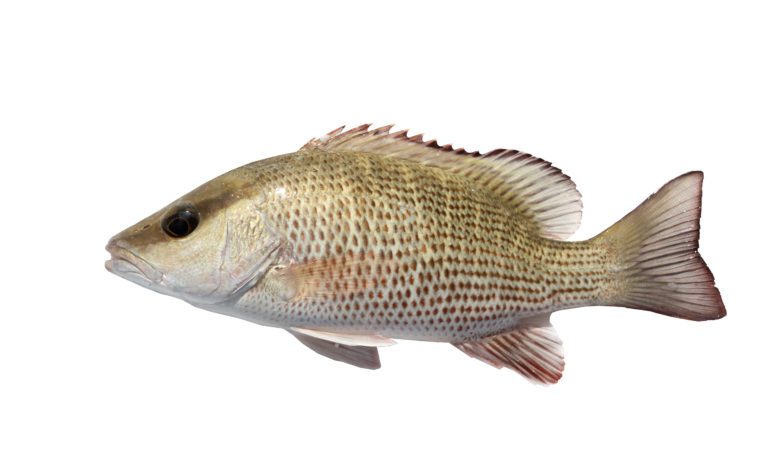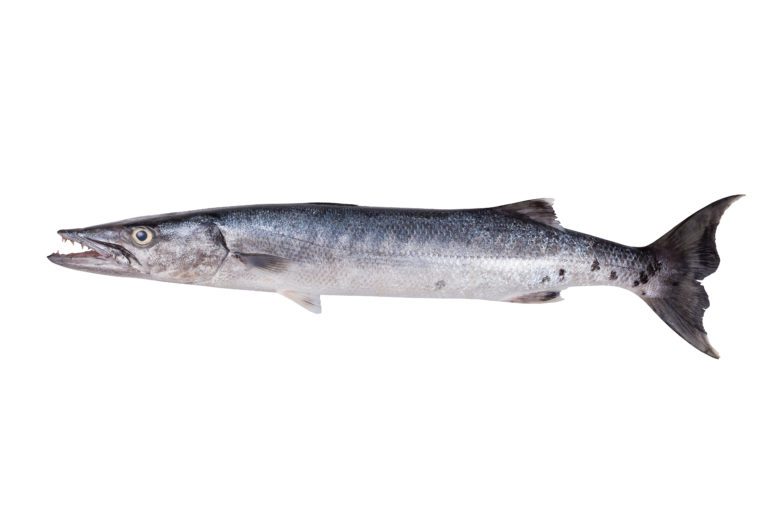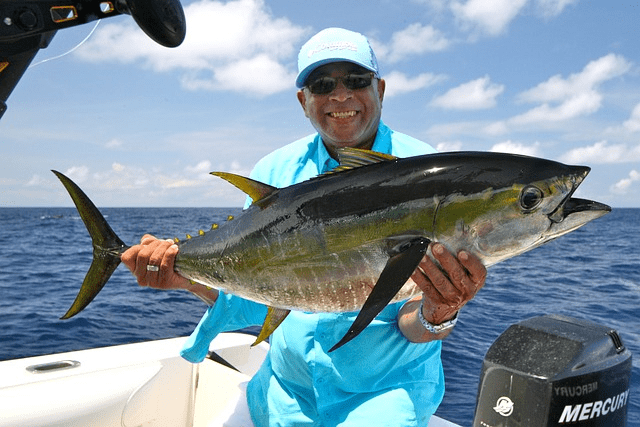Master Surf Fishing Spanish Mackerel In Florida: Essential Tips for a Big Catch
Struggling to hook a Spanish Mackerel from the surf? You’re not alone. Surf fishing Spanish Mackerel is finesse and thrill combined, but it demands the right tactics. This article plunges straight into the essential gear, optimal timing, and expert techniques to substantially increase your success rate. Sharpen your hooks, and let’s dive into mastering the art of surf fishing for Spanish Mackerel.
Key Takeaways
- All you need for surf fishing Spanish Mackerel is light tackle and your fave shiny lures—no fancy gear required.
- Hit the beach at dawn in the summer, especially in June, when the water’s warm and the Spanish Mackerel are biting.
- Cast far with the right rod, fast-retrieve shiny spoons, or use hard baits to mimic prey and trigger Mackerel strikes.
Essentials of Surf Fishing for Spanish Mackerel
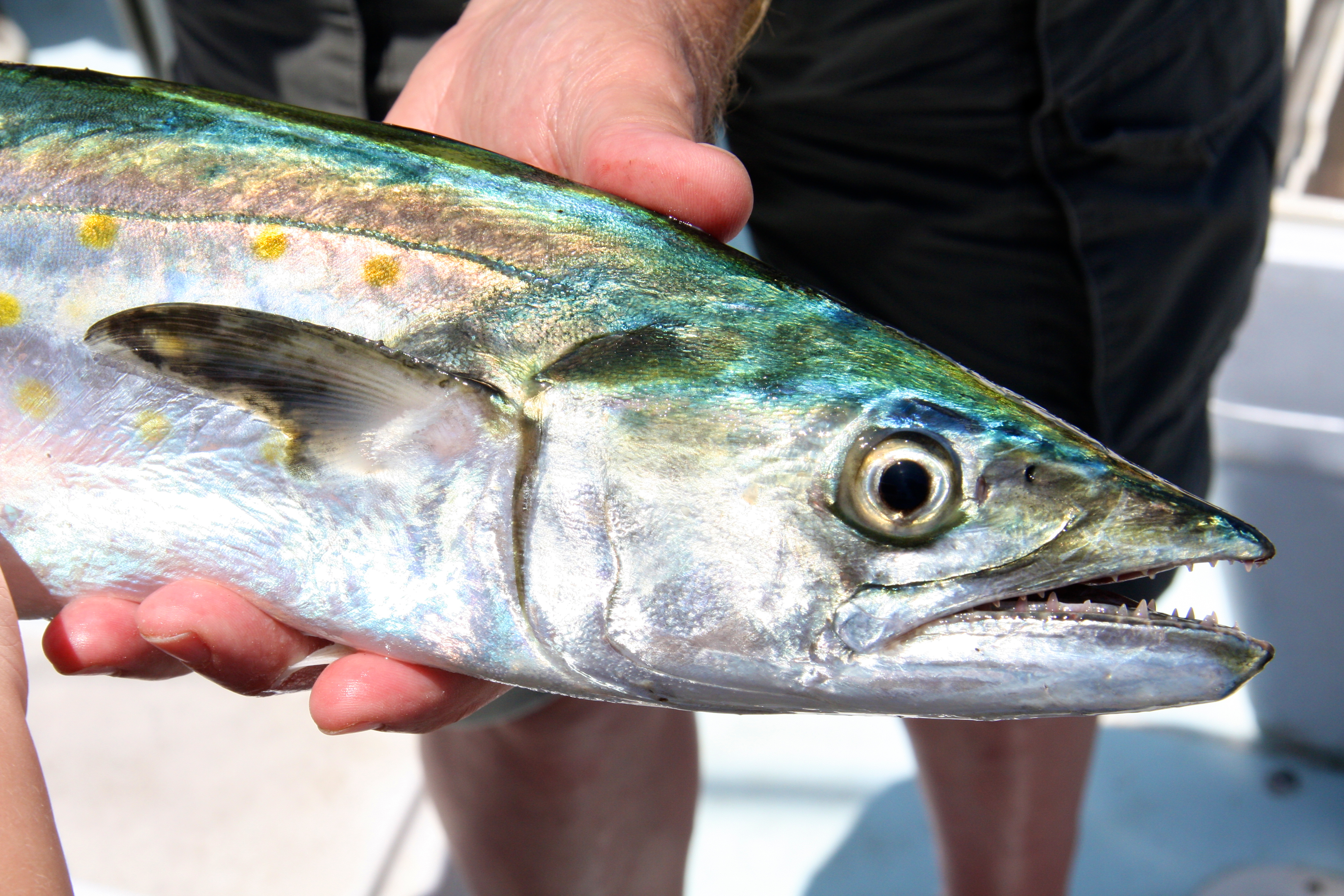
Surf fishing for Spanish Mackerel is a beach angler’s dream. These fish are abundant in coastal inshore waters during the summer, making them a popular target for many anglers. The thrill lies in the almost non-stop action, with these fish exhibiting aggressive feeding behavior and being easily enticed by shiny lures and artificial bait. So if you love fishing, you’re in for a real treat!
But the best part? You don’t need a lot of specialty equipment for surf fishing Spanish Mackerel. A light spinning tackle, also known as light tackle, and a few of your favorite lures are all you need to get started. Now that’s what we call accessible and enjoyable!
Timing Your Surf Fishing Adventure
Wondering about the best time to catch these lively fish? Well, the summer months are your best bet, specifically as early as June. As water temperatures increase to the mid to high 80s Fahrenheit, you’ll find the Spanish Mackerel action heating up too.
However, the time of day also plays a significant role. Early morning is prime time for surf fishing for Spanish Mackerel, especially when there’s a slight offshore wind. This calms the surf and reveals baitfish activity at the surface, making it easier for you to spot and target your catch.
Therefore, prepare to rise early and hit the beach at dawn!
Tackling the Challenge: Gear and Tackle for Shoreline Success
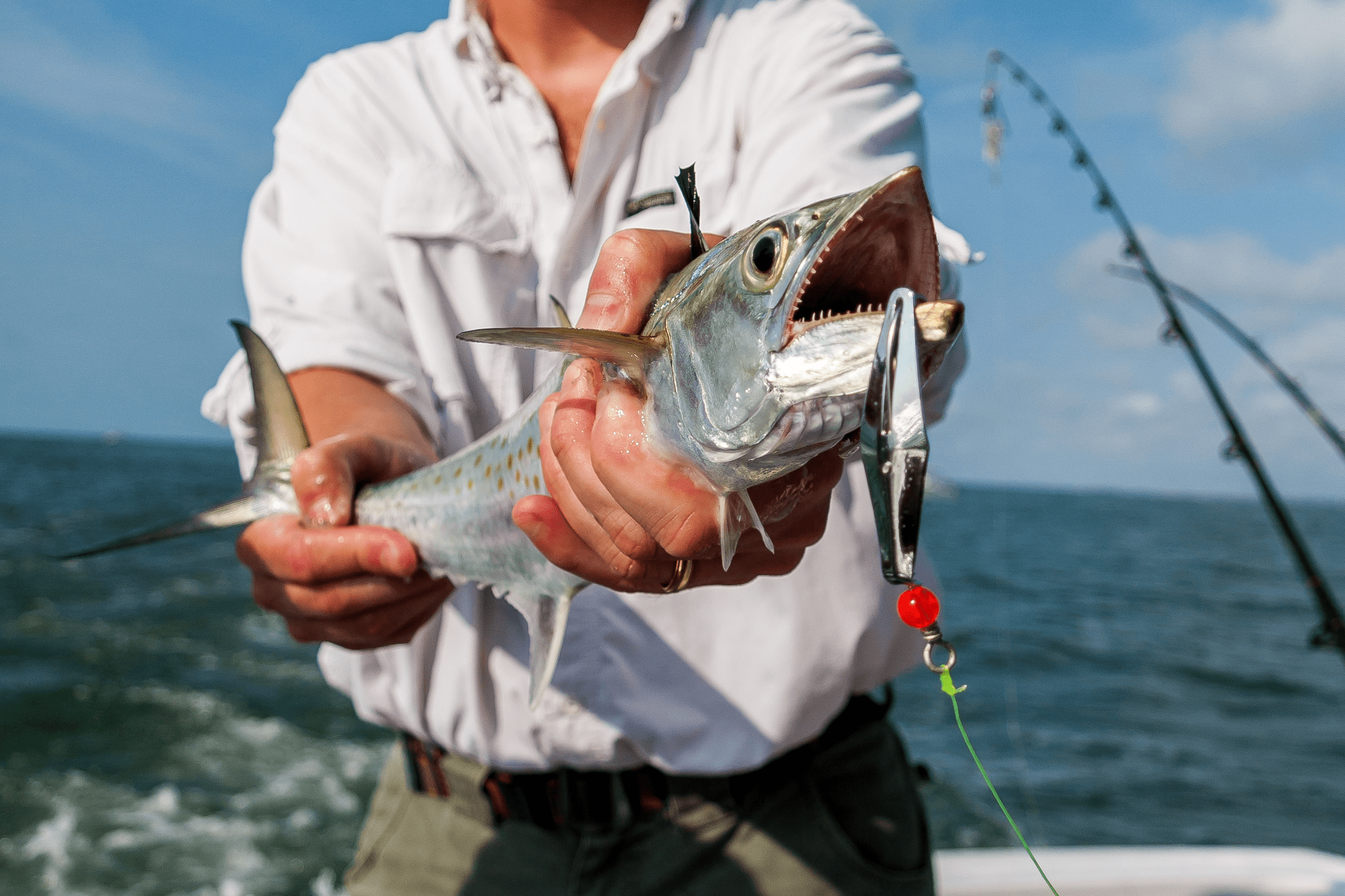
Selecting the appropriate gear and tackle can be the deciding factor between a fruitful catch and a day of mere wave-watching. Let’s examine the most effective rod and reel combination, and how to plan your line and leader strategy.
The Ideal Rod and Reel Combo
When surf fishing for Spanish Mackerel, a 7′ light spinning rod with a fast action paired with a 2500 to 3000 series reel is your best bet. This combo offers an optimal blend of casting distance and lure control, ensuring you’re ready to tackle the challenge. One popular choice among anglers is the Shimano Stradic 3000 reel equipped with 15-pound braid, praised for its smooth drag and extended casting capability.
As for the line, typically a 15-20 lb braided main line is preferred. This provides long casting distances and improved lure presentation, making it perfect for surf fishing for Spanish Mackerel. Don’t forget the leader! A monofilament or fluorocarbon leader ranging from 15 to 20 pound test is essential to withstand the sharp teeth of Spanish Mackerel during a fight.
Line and Leader Strategies
What about the line and leader, you ask? Fluorocarbon leaders are nearly invisible underwater, making them ideal for targeting Spanish Mackerel in clear surf conditions. However, regular inspection of the fluorocarbon leader is necessary to check for abrasions or nicks, ensuring the stealth and integrity of the line.
What is the suggested range for fluorocarbon leaders? Aim for between 15 to 20 pounds. This strikes the perfect balance between invisibility and durability, especially considering the sharp eyesight and teeth of Spanish Mackerel.
Pairing the braided lines with a heavy-duty fluorocarbon leader is a winning strategy for surf fishing Spanish Mackerel, as it provides increased casting distance. And if toothier fish are a concern, short steel leaders or heavier monofilament can be effective alternatives to fluorocarbon.
Lure Selection: Matching the Hatch
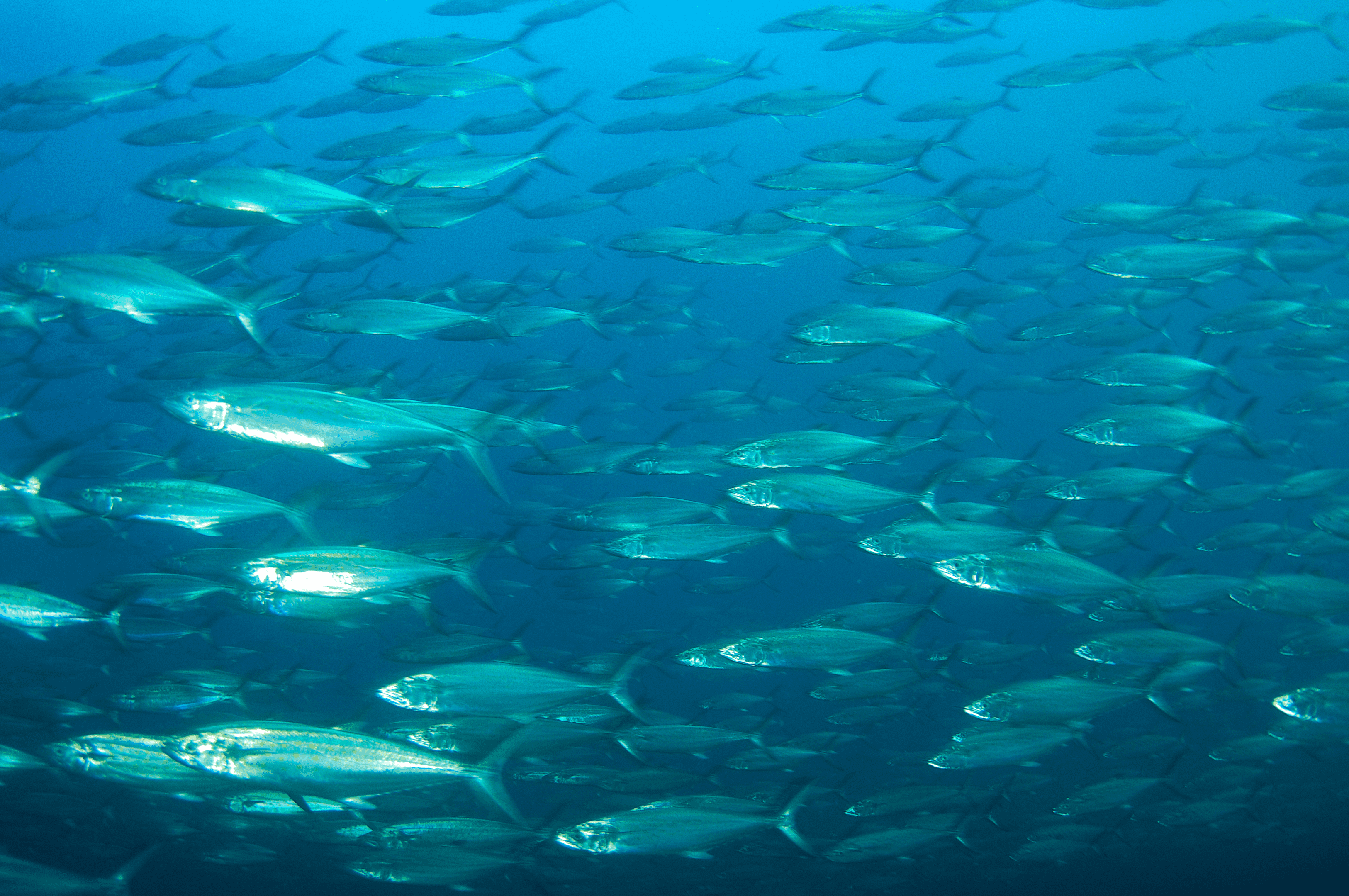
Lure selection is a critical part of Spanish Mackerel fishing. You need to select lures that not only attract the fish but also mimic their prey.
Let’s explore how to pick the correct spoon and the efficiency of hard baits and plugs, while considering the importance of the rod tip.
Choosing the Right Spoon
Size and weight are crucial when casting spoons for Spanish Mackerel. You’ll want a spoon that has ample weight for long casts and maintains submersion during fast retrieves. A spoon that’s 2 to 3 inches in length generally does the trick.
How about the finish of your spoon? Here are some considerations:
- Shiny spoons are optimal in bright sunlight
- A matte finish can be more effective on cloudy days
- Consider a matte finish with shiny contrasts for versatility.
Quick retrieval of spoons mimics the movement of glass minnows, which attracts Spanish Mackerel. Using single hooks rigged on spoons can increase the rate of successful strikes. Some popular choices among anglers are the HR Tackle Sting Silver and the Acme Kastmaster spoons for their casting ability, realistic minnow-like appearance, and high hook-up ratios when targeting the same fish, such as Spanish Mackerel.
Hard Baits and Plugs
When fishing for Spanish Mackerel, hard baits and plugs are a necessity. These bright, fast-moving, and durable lures are perfect for mimicking the rapid swimming pace and sharp dentition of Spanish Mackerel. Lures that exhibit an erratic swimming action and can be trolled at speeds up to six knots are especially effective in triggering strikes from actively hunting Spanish Mackerel, as they resemble the behavior of bait fish.
One lure that stands out is the Bubble Rig. This lure produces a captivating bubble trail during retrieval, creating a visual appeal that Spanish Mackerel find hard to resist. Remember to include some hard baits and plugs in your toolkit for your next surf fishing expedition!
Mastering the Art of Casting
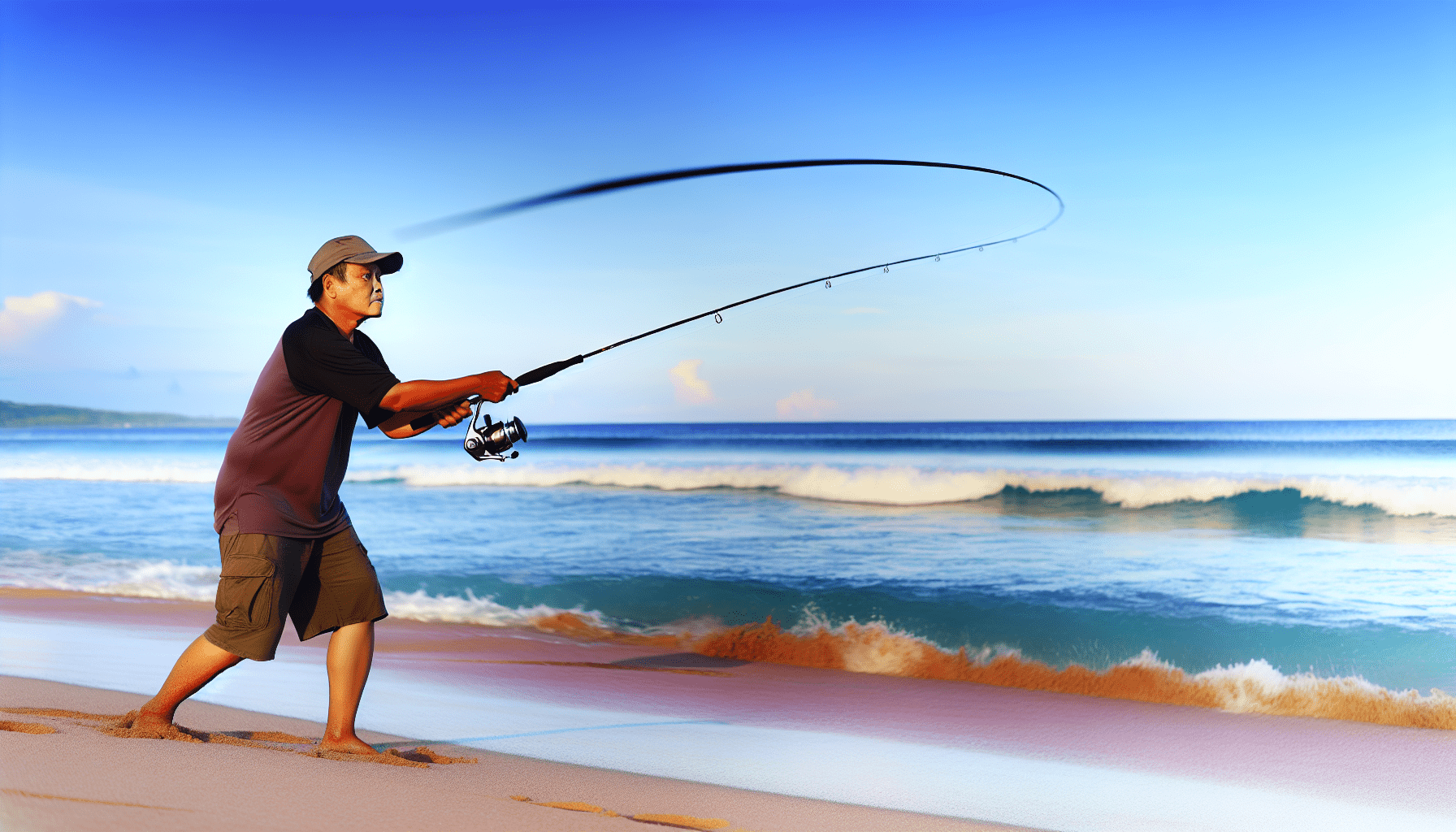
Casting is an art in itself. Suitable rods for surf fishing, such as medium action 9’ rods, and longer rods are beneficial for reaching Spanish Mackerel further from shore. Longer rods and fast-action rods are generally capable of casting farther. Identifying the ‘sweet spot’ weight of lures for a rod maximizes casting distance.
However, it’s not solely about the equipment. Your technique matters too. Refining your casting technique, such as allowing the rod to do the work, can enhance casting distance without the need to overpower the cast. Offshore winds can also be your secret weapon. They can assist you in casting farther, especially with lighter lures and baits.
If you’re targeting speedy Spanish Mackerel, cast your spoons as distant as possible and retrieve them swiftly to entice their predatory instincts.
Alternative Approaches: Live Bait and Float Rigs

Lures are effective for surf fishing Spanish Mackerel, however, there are also other methods worth considering. Rigging live bait and using float rigs can provide a different experience and potentially more success.
When rigging a shrimp, sardine, or greenback for Spanish Mackerel, the best options are either a weightless rig or a carolina rig. Both of these rigs allow for consistent swimming action without noticeable additional weight. Rigging circle hooks on top of the head improves hook up ratios. If you’re fishing from piers and jetties, live and cut bait can be particularly effective. (Read more about Florida live bait selection and rigs here)
Hooking Techniques: Securing Your Catch
You’ve thrown your line and got a bite. What’s the next step? It’s all about the hooking technique. When drifting or casting live or cut bait for Spanish Mackerel, use #1/0 long shank hooks to ensure effective hooking. And remember, Spanish Mackerel are fast swimmers. That means you’ll need a high-speed reel like the Penn Clash 3000 HS for quick lure retrieval.
To effectively target Spanish Mackerel from the shore, cast far and either retrieve the lure very quickly or jig 1 to 1.5-ounce metal jigs near the bottom. If you are fishing live bait retreive slowly as you get a hit and let the circle hook to the work for you. These techniques will help you secure your catch and make your surf fishing adventure a success, especially when catching Spanish Mackerel.
Reading the Beach for Spanish Mackerel Signs
The beach isn’t just a place to cast your line. It’s also a place to observe and learn. Look out for signs of Spanish Mackerel feeding frenzies, such as birds joining in and baitfish like bay anchovies being trapped on the surface. These are tell-tale signs for anglers to spot from the beach.
These feeding frenzies typically occur during late spring and throughout the summer months. You’ll see Spanish Mackerel often breaking the water surface in pursuit of baitfish. Therefore, keep an eye on both the beach and the water. It’s not just about casting your line, it’s about understanding where and when to cast it.
Handling and Preservation: From Catch to Kitchen
After catching your Spanish Mackerel, the subsequent step is its proper handling and preservation. To preserve the freshness of your catch, follow these steps:
- Bleed the fish immediately by cutting through the gills and/or the tail.
- Place the fish on ice as soon as possible.
- Spanish Mackerel should be kept at temperatures just above freezing, between 32°F and 39°F, to maintain their quality during storage if you intend to eat it within 24 hours.
When it comes to freezing your catch, prepare the fish by cleaning, gutting, and removing any scales or bones. Then, wrap it tightly in plastic wrap, aluminum foil, or vacuum-seal before freezing. This will keep your Spanish Mackerel fresh and tasty for up to three months without significant loss of quality.
From the moment you catch Spanish Mackerel to the moment it arrives in your kitchen, treat your mackerel delicately – this ensures Spanish Mackerel meat of good quality!
Respect the Regulations: Staying Legal
While fishing is indeed enjoyable, adhering to the regulations is equally significant. In Florida, Spanish Mackerel must be a minimum of 12 inches fork length to be legally kept. Anglers fishing in Florida can legally harvest up to 15 Spanish Mackerel per day.
Remember, legal methods for capturing Spanish Mackerel in Florida include:
- Using beach or haul seine
- Cast net
- Hook and line
- Spear
So, stay within the regulations and enjoy your fun fish surf fishing adventure responsibly.
Summary
So, there you have it! From understanding the essentials of surf fishing for Spanish Mackerel, mastering the art of casting and hooking, to handling and preserving your catch, you’re now well-equipped to tackle the challenge. Remember, it’s not just about the catch, it’s about enjoying the experience. So, grab your gear, head to the beach, and discover the thrill of surf fishing for Spanish Mackerel. Tight lines!
Frequently Asked Questions
What is the best bait for Spanish Mackerel from shore?
The best bait for Spanish Mackerel from shore are live baits such as menhaden, herring, mullet, and sardines. These have been found to work the best for catching trophy Spanish Mackerel.
How do you catch Mackerel from shore?
To catch Mackerel from shore, stick to the coastline, look for shoals of sprats, wait for warm weather, use Sabiki Bait lures, target Mackerel with feathers, and reduce your hook size. This will increase your chances of success and improve the fishing experience.
How do you catch Spanish Mackerel in the ocean?
To catch Spanish Mackerel in the ocean, try trolling with lures at varying depths to cover a lot of water and attract these fast fish. Good luck!
What time of day is best for Spanish Mackerel fishing?
The best time of day for Spanish Mackerel fishing is during the break of dawn and dusk, when they are most energetic. However, they can also be found lurking nearby bait during the midday sun.
What equipment do I need for surf fishing for Spanish Mackerel?
You’ll need a 7′ medium light rod with a fast action, a 2500 to 3000 series reel, 15-20 lb braided main line, and a monofilament or fluorocarbon leader for surf fishing for Spanish Mackerel. Enjoy your fishing adventure!





